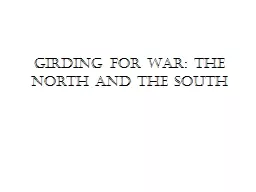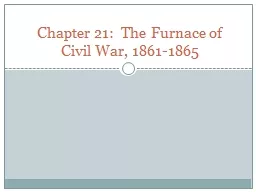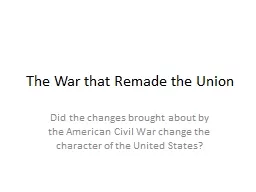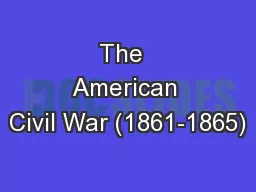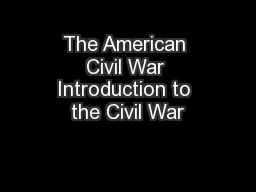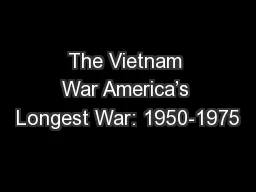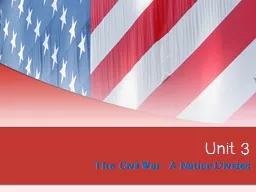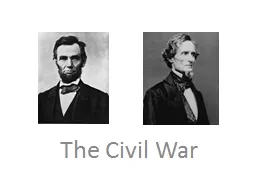PPT-Girding for War: The North and the South
Author : pasty-toler | Published Date : 2016-10-26
Soldiers who fought in Civil War Roughly 1264000 American soldiers have died in the nations wars620000 in the Civil War and 644000 in all other conflicts It was
Presentation Embed Code
Download Presentation
Download Presentation The PPT/PDF document "Girding for War: The North and the South" is the property of its rightful owner. Permission is granted to download and print the materials on this website for personal, non-commercial use only, and to display it on your personal computer provided you do not modify the materials and that you retain all copyright notices contained in the materials. By downloading content from our website, you accept the terms of this agreement.
Girding for War: The North and the South: Transcript
Download Rules Of Document
"Girding for War: The North and the South"The content belongs to its owner. You may download and print it for personal use, without modification, and keep all copyright notices. By downloading, you agree to these terms.
Related Documents

